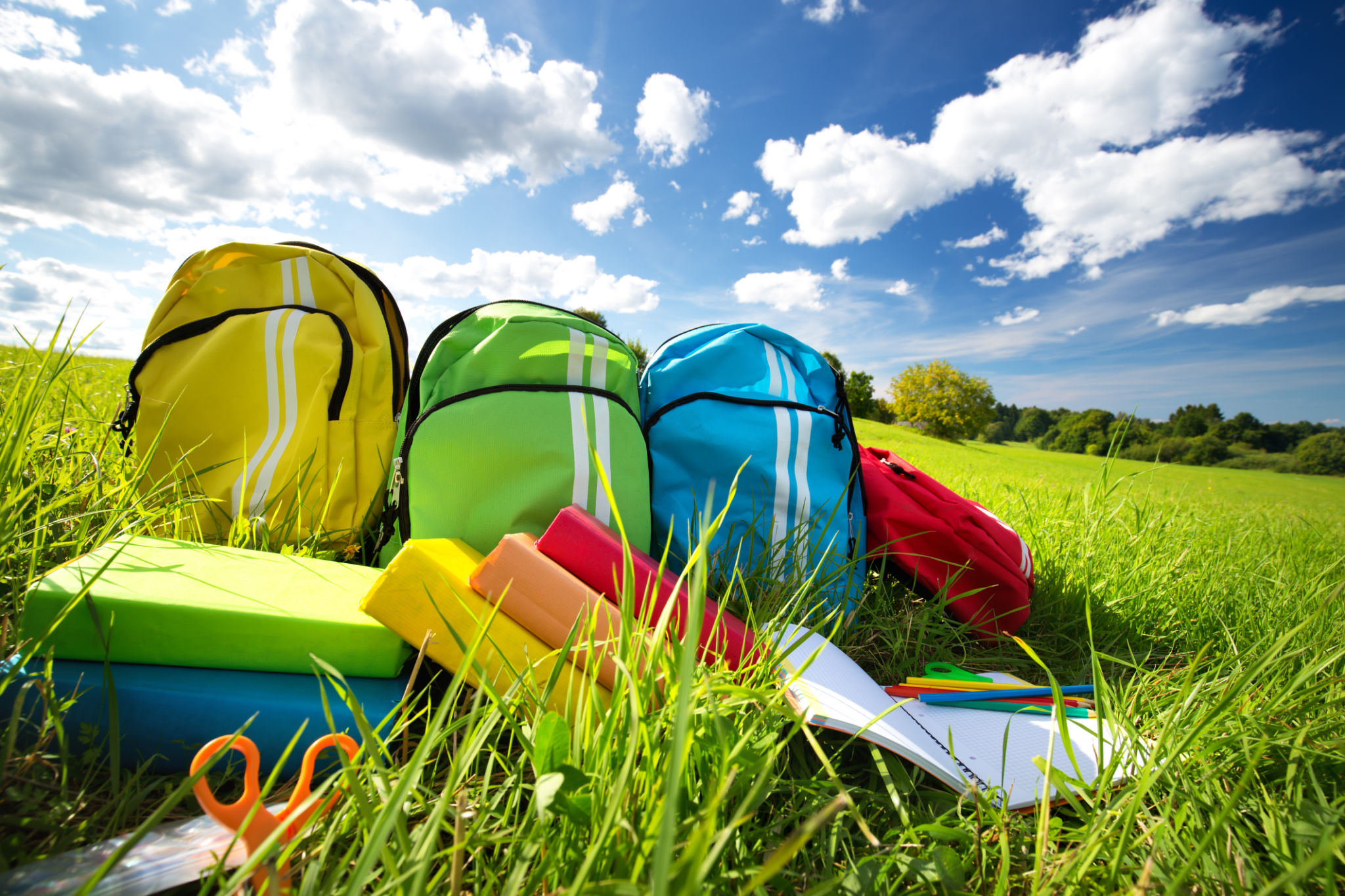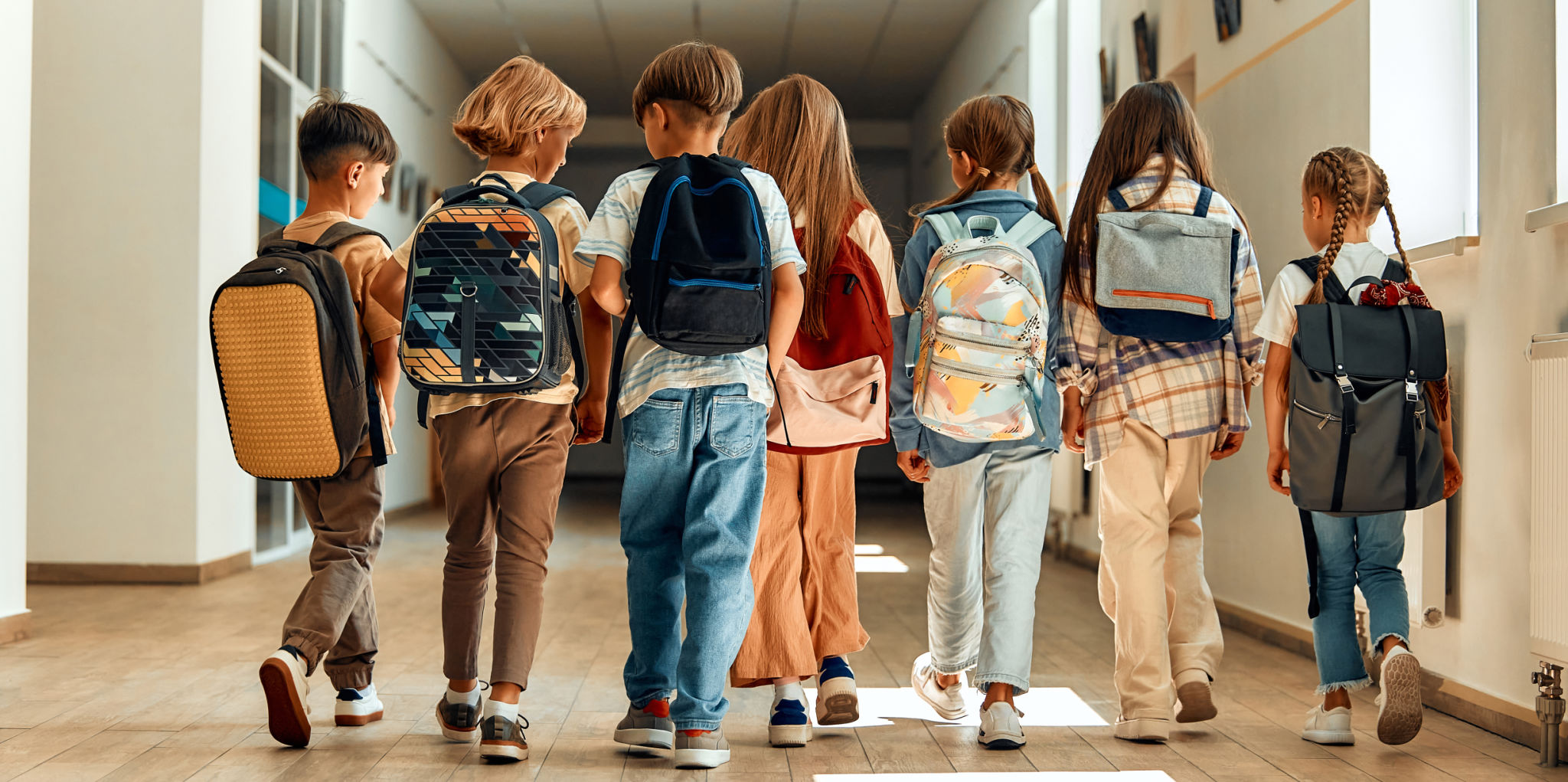The Impact of Seasonal Changes on Learning: Adapting Educational Strategies
Understanding Seasonal Changes in Education
The changing seasons can significantly impact the learning experience. As daylight hours shift and temperatures fluctuate, both students and educators may find themselves facing unique challenges and opportunities. Recognizing these shifts and adapting educational strategies accordingly can enhance learning outcomes and maintain student engagement throughout the year.
Seasons influence not just the environment outside but also the classroom atmosphere. During winter, shorter days and colder temperatures might affect students' energy levels and focus. Conversely, spring and summer bring longer days and warmer weather, which can boost motivation but also lead to distractions.

Adapting Classroom Environments
Creating Comfortable Spaces
Adapting the classroom environment to seasonal changes is crucial. In winter, ensuring that classrooms are well-lit and warm can help maintain student concentration. Using cozy decorations or incorporating warm colors can also create a more inviting atmosphere. Conversely, during hotter months, ensuring proper ventilation and incorporating cooling elements like fans or shades can keep students comfortable.
Utilizing Outdoor Learning
Spring and fall provide perfect opportunities to take learning outside. Whether it's a science lesson in the school garden or a reading session under a tree, outdoor learning can invigorate students and provide a fresh perspective. It also helps break the monotony of indoor classes and can be particularly beneficial for kinesthetic learners.

Adjusting Teaching Strategies
Flexible Scheduling
As days grow shorter or longer, adjusting class schedules can align better with students' natural rhythms. For instance, starting classes later in the morning during winter can accommodate those who find it hard to wake up in the dark. During longer days, extending recess or outdoor activities can help channel students' energy positively.
Seasonal Curriculum Integration
Incorporating seasonal themes into the curriculum can make learning more relevant and engaging. Lessons on photosynthesis in spring or exploring snowflake geometry in winter not only tie into current topics but also make the material more relatable. This approach can spark curiosity and deepen understanding.

Emphasizing Mental Well-being
Addressing Seasonal Affective Disorder (SAD)
Some students may experience Seasonal Affective Disorder (SAD), particularly during the darker months. Recognizing symptoms and providing support through counseling or light therapy can be crucial. Educators should be attuned to changes in student behavior and mood, offering support as needed.
Promoting Physical Activity
Physical activity is vital for maintaining mental health throughout the year. Encouraging outdoor sports or indoor exercises during inclement weather can help students stay active and reduce stress. Additionally, incorporating movement breaks into the school day can enhance focus and productivity.
In conclusion, recognizing and adapting to the impact of seasonal changes on learning can greatly benefit both educators and students. By adjusting the classroom environment, teaching strategies, and focusing on mental well-being, schools can create a more supportive and effective educational experience throughout the year.
